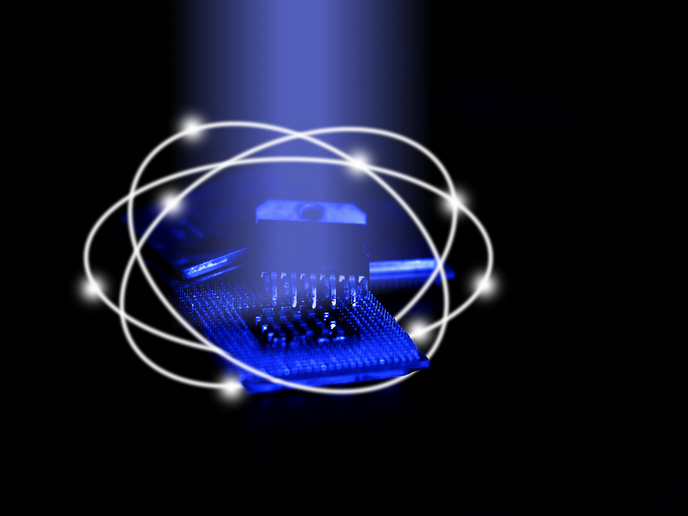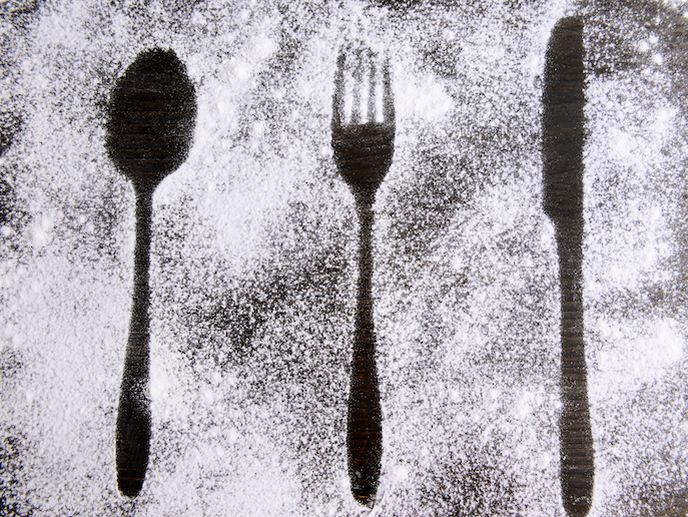Novel metal-forming process using a magnetic field
While most people would not be interested in a cake mould that had to be ‘broken off’ the cake after baking and cooling, such moulds are actually among the most common for producing metal components. Material is placed around a patterned shape, basically the shape one wishes to produce, in two different pieces. The material then hardens, it is removed from the pattern and the two pieces are put together to form the mould for the desired shape. After the metal is formed using the mould, the mould itself is broken away and the part is retrieved. Among the three most common foundry processes using expendable moulds are sand casting, lost wax and lost foam techniques. Sand casting uses sand as the mould material. The lost wax and lost foam (from polystyrene beads) techniques rely on wax and foam moulds, respectively. European researchers developed an innovative expendable-mould foundry process, magnetic moulding, with funding for the Magnet project. Magnetic moulding combined the advantages of the lost foam process with those of permanent moulds. Namely, it was environmentally friendly, cost-effective and capable of producing high-quality, complex parts of a variety of sizes and from numerous materials. The technology used an expendable pattern around which metallic particles were bonded together by application of a magnetic field. Once the cast metal solidified in the mould, the magnetic field was removed. The metallic particles fell away and could be reused in subsequent castings and the part itself was recovered. Production of five different pieces using four different metal alloys confirmed that the process produced complex shapes. Components exhibited better metallurgical and mechanical properties than pieces obtained by the three most common expendable mould techniques. In addition, the magnetic mould process reduced cycle time compared to the other foundry processes. Low investment cost with no major change to present lost foam facilities should make the technology very attractive to European foundries, able to produce higher quality, more complex parts and thus enhance competitiveness in a huge market.







